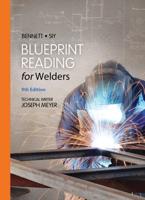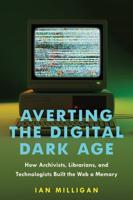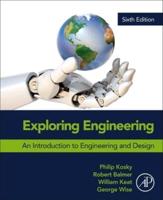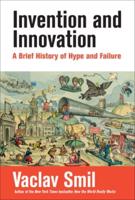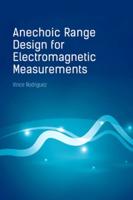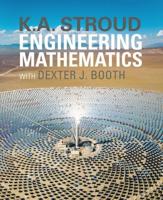Publisher's Synopsis
Scientists, engineers, and students have computational tools [ 1- 3] to aid them in their efforts to model and understand fire events. These users, however, must rely on personal judgment to determine appropriate material properties for theoretical analyses and computer models, given the difficulty in obtaining validated inputs for combustion and material properties. In addition, unavailability of, or lack of confidence in, data ranges for these model inputs precludes sensitivity analyses, which would enable users to generate more complete results and to verify their assumptions.


